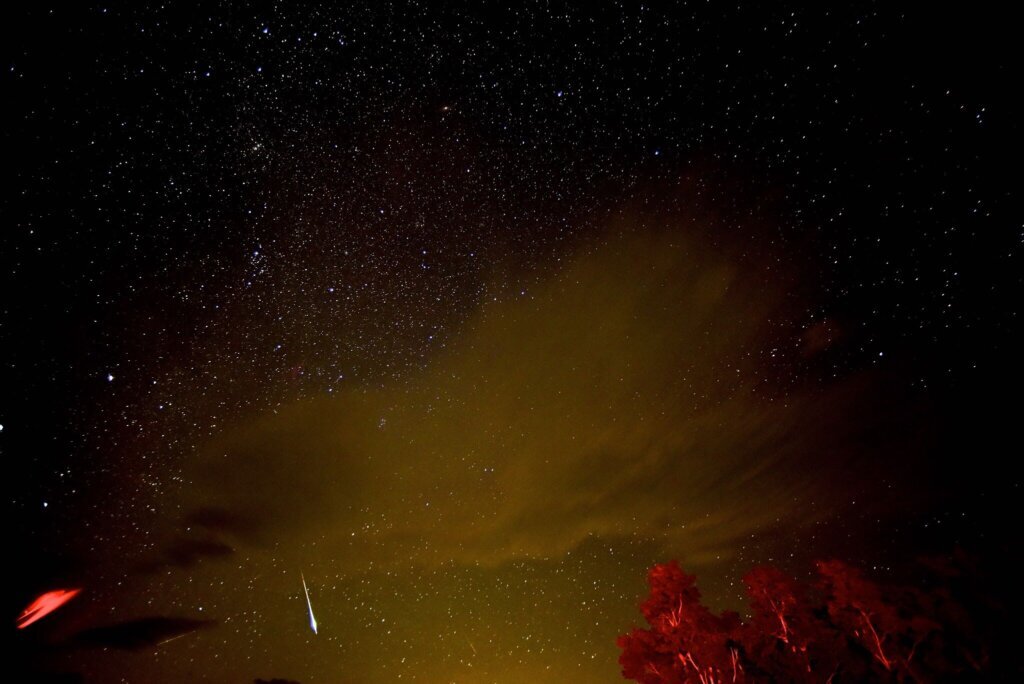Tuesday night into Wednesday morning marks the peak time for the best-performing meteor shower of the year, the Geminids.
I say “best” because it has been proven to reliably produce a large number of meteors per hour (120) in a dark sky, and many of them are bright. Plus, the Geminids make up the only major meteor shower where you can see a good number of meteors starting at 10 p.m. Tuesday, instead of the hours just before dawn.
This year, a bright moon will interfere with seeing fainter Geminids, but brighter meteors should be visible. The best observing time for Geminids is when the moon is out of the sky. Check for the moonrise at your location.

You do not need any equipment or know how to enjoy the show. Just find a place where you can put a lounge chair or blanket to see the sky. Starting at 9 p.m., look in the east for the constellation Gemini, for which this meteor shower is named. A meteor that is part of the shower can be traced back to Gemini. Sporadic meteors that are not part of the shower can be seen during the night as well.
Although the predicted peak of the 2022 Geminid meteor shower is Tuesday night/Wednesday morning, you can see Geminids through this coming Friday, Dec. 16. Each year at this time, Earth encounters a debris stream of rock particles made by Asteroid 3200 Phaethon. The Geminids mark the only meteor shower caused by an asteroid, or what astronomers call a rock comet. All others are due to cometary debris.
As Earth moves in its orbit around the sun, it collides with this rocky debris stream, and the particles hit the atmosphere at 22 miles per second to become “shooting stars” or “falling stars.” It is thought that the Geminids are brighter than other meteor showers because they involve debris that is larger and heavier than normal cometary dust, and they penetrate deeper into the atmosphere.
The best place to see the Geminids is a location that is away from lights and obstructions, such as trees and buildings. If you are a city dweller, you still may see the brightest Geminids as long as you are not staring into a streetlight or nestled in among tall buildings. The view of the Geminids is worth it from the suburbs as long as lights and obstructions are minimized. Out in the country or along the beach is the best place to be.
The shower will continue all night before dawn — around 4 a.m. The moon will be in the sky, which hinders seeing fainter meteors. The key to watching the shower is being comfortable — in other words, warm. The Geminids can appear anywhere in the sky, but looking straight up gives you the widest viewing area. This is where the lounge chair or blanket comes in handy.
NASA will broadcast a livestream of the shower (if the weather cooperates) from 9 p.m. Wednesday to 5 a.m. Thursday EST from a meteor camera at NASA’s Marshall Space Flight Center in Huntsville, Alabama, on the NASA Meteor Watch Facebook page.
Let’s hope you see some bright ones! I’ll be watching from the Bermuda Triangle onboard cruise ship Azamara Onward.
Follow my Twitter @SkyGuyinVA and daily blog to keep up with the latest news in astronomy and space exploration. You can also email me at skyguyinva@gmail.com.







